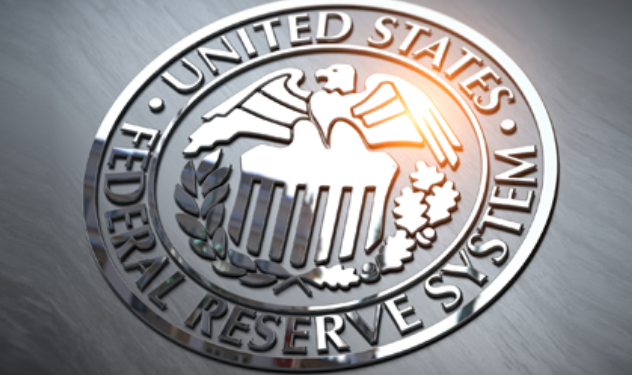
The Fed Pivots to Fight Inflation
This week, Craig Siminski, of CMS Retirement Income Planning, shares an article discussing the strategy behind the Fed’s monetary policy shift and the potential consequences for consumers, investors, and the economy:
On December 15, 2021, the Federal Open Market Committee (FOMC) of the Federal Reserve System made a significant shift in monetary policy in response to rising inflation. The Committee accelerated the reduction of its bond-buying program in order to tighten the money supply and projected three increases in the benchmark federal funds rate in 2022, followed by three more increases in 2023.
Both steps were more aggressive than previous FOMC actions or projections.
To understand how these steps might affect the U.S. economy, investors, and consumers, it may be helpful to take a closer look at the FOMC’s tools and strategy.
Jobs vs. Prices
As the nation’s central bank, the Federal Reserve operates under a dual mandate to promote price stability and maximum sustainable employment. This is a balancing act, because an economy without inflation is typically stagnant with a weak employment climate, while a booming economy with plenty of jobs is susceptible to high inflation.
The FOMC, which is responsible for setting monetary policy in line with the Fed’s mandate, has established a 2% annual inflation target based on the personal consumption expenditures (PCE) price index. The PCE index represents a broad range of spending on goods and services, and tends to run below the more widely publicized consumer price index (CPI).
The Committee’s policy is to allow PCE inflation to run moderately above…
To Read the Entire Article, Please Click Here.
Craig Siminski is a CERTIFIED FINANCIAL PLANNER™ professional, with more than 23 years of experience. His goal is to provide families, business owners, and their employees with assistance in building their financial freedom.

Please let Craig know that the Green Bay News Network Sent You.

